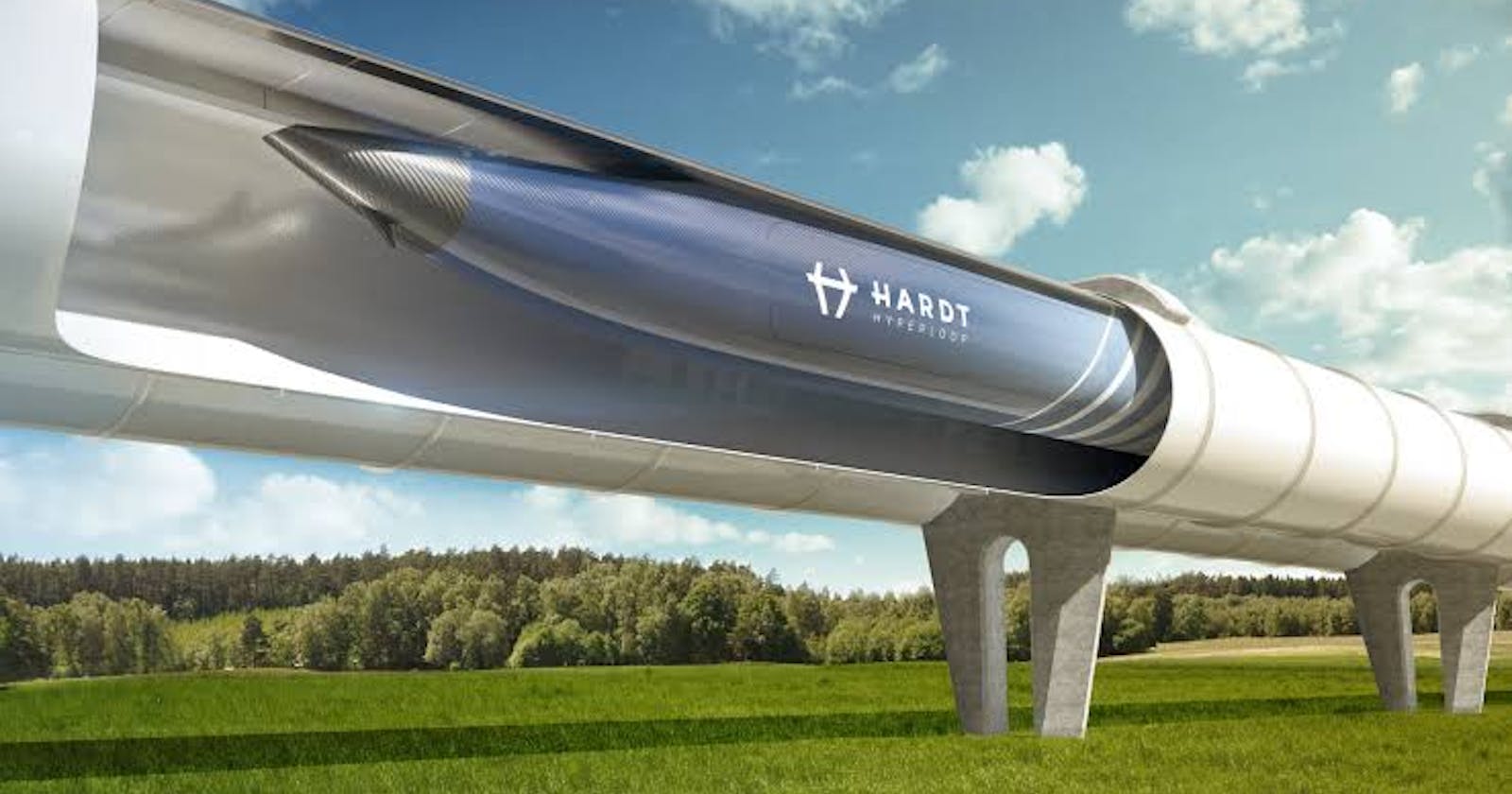Table of contents
No headings in the article.
Hyperloop
Proposed mode of passenger and freight transportation
The Hyperloop is a proposed mode of passenger and freight transportation, first used to describe an open-source vactrain design released by a joint team from Tesla and SpaceX, although the vactrain concept was first proposed by Robert Goddard in 1904. Hyperloop is described as a sealed tube or system of tubes with low air pressure through which a pod may travel substantially free of air resistance or friction. The Hyperloop could potentially convey people or objects at airline or hypersonic speeds while being energy efficient compared with existing high speed rail systems. This, if implemented, may reduce travel times compared to train and airplane travel over distances of under approximately 1,500 kilometres (930 miles)
Concept art of Hyperloop inner workings
Elon Musk first publicly mentioned the Hyperloop in 2012. His initial concept incorporated reduced-pressure tubes in which pressurized capsules ride on air bearings driven by linear induction motors and axial compressors.
The Hyperloop Alpha concept was first published in August 2013, proposing and examining a route running from the Los Angeles region to the San Francisco Bay Area, roughly following the Interstate 5 corridor. The Hyperloop Genesis paper conceived of a hyperloop system that would propel passengers along the 350-mile (560 km) route at a speed of 760 mph (1,200 km/h), allowing for a travel time of 35 minutes, which is considerably faster than current rail or air travel times. Preliminary cost estimates for this LA–SF suggested route were included in the white paper—US$6 billion for a passenger-only version, and US$7.5 billion for a somewhat larger-diameter version transporting passengers and vehicles. (Transportation analysts had doubts that the system could be constructed on that budget. Some analysts claimed that the Hyperloop would be several billion dollars overbudget, taking into consideration construction, development, and operation costs.)
